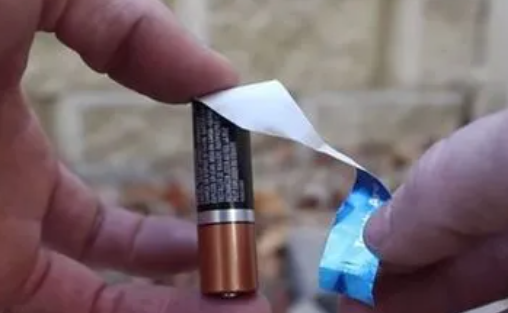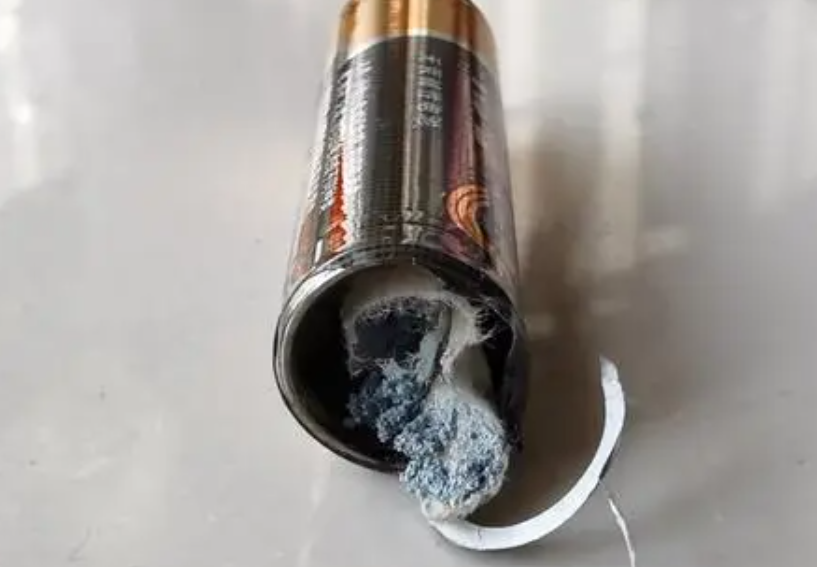In modern life, batteries power a multitude of devices, from smartphones to electric vehicles. While they are essential for our daily activities, it’s crucial to handle them with care and adhere to safety guidelines to prevent accidents. One common misconception is the use of aluminum foil with batteries, which can pose significant risks if not handled correctly. In this article, we’ll explore the dangers of putting aluminum foil on batteries and discuss best practices for battery handling and storage.
The Hazards of Aluminum Foil on Batteries
1. Short Circuits: Aluminum foil is a conductive material. Placing it on a battery can create a short circuit by connecting the battery’s positive and negative terminals, which are typically separated by an insulating layer. This can result in rapid discharge of the battery, overheating, or even explosion in extreme cases.

2. Overheating and Fire Risk: Short circuits caused by aluminum foil can lead to overheating of the battery. Lithium-ion batteries, commonly used in electronic devices, are particularly prone to overheating when short-circuited. Overheating increases the risk of thermal runaway, where the battery generates heat uncontrollably, potentially leading to a fire or explosion.
3. Interference with Battery Ventilation: Batteries are designed with ventilation mechanisms to dissipate heat and prevent buildup of gases generated during operation. Placing aluminum foil on a battery can obstruct these ventilation channels, impeding airflow and increasing the risk of overheating and battery failure.

Best Practices for Battery Handling
1. Avoid Using Aluminum Foil: Never place aluminum foil directly on a battery or use it as a makeshift connector. Always use appropriate battery terminals or connectors designed for the specific battery type and application.

2. Proper Storage: When storing batteries, keep them in their original packaging or use dedicated battery storage containers. Ensure that batteries are stored in a cool, dry place away from direct sunlight and sources of heat.
3. Prevent Physical Damage: Avoid dropping or mishandling batteries, as physical damage can compromise their integrity and increase the risk of leakage or internal short circuits.
4. Follow Manufacturer Guidelines: Adhere to the manufacturer’s recommendations for charging, discharging, and handling batteries. Use compatible chargers and avoid overcharging or exposing batteries to extreme temperatures.
5. Dispose of Batteries Properly: When batteries reach the end of their life cycle, dispose of them according to local regulations. Many communities have recycling programs for batteries to minimize environmental impact and ensure safe disposal.
Conclusão
While aluminum foil has many practical uses, it should never be used in conjunction with batteries due to the significant safety risks involved. Short circuits, overheating, and interference with ventilation mechanisms are just some of the hazards associated with placing aluminum foil on batteries. By following best practices for battery handling and storage, you can mitigate these risks and ensure safe operation of your devices powered by batteries. Always prioritize safety when handling batteries to prevent accidents and protect yourself and your property from potential harm.


